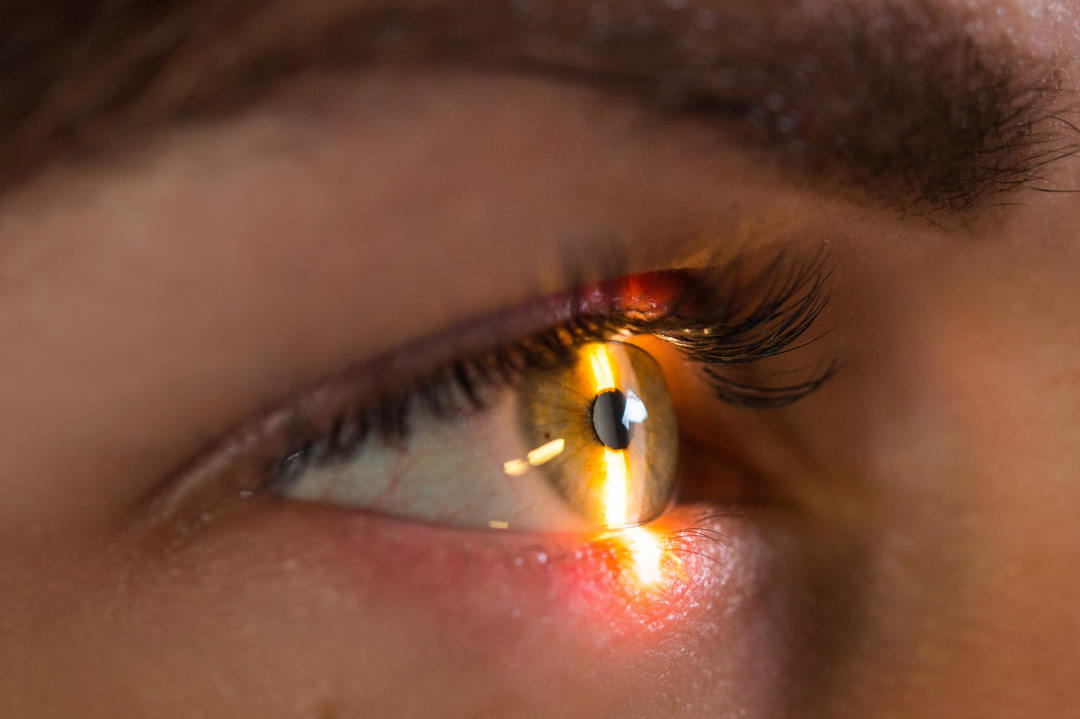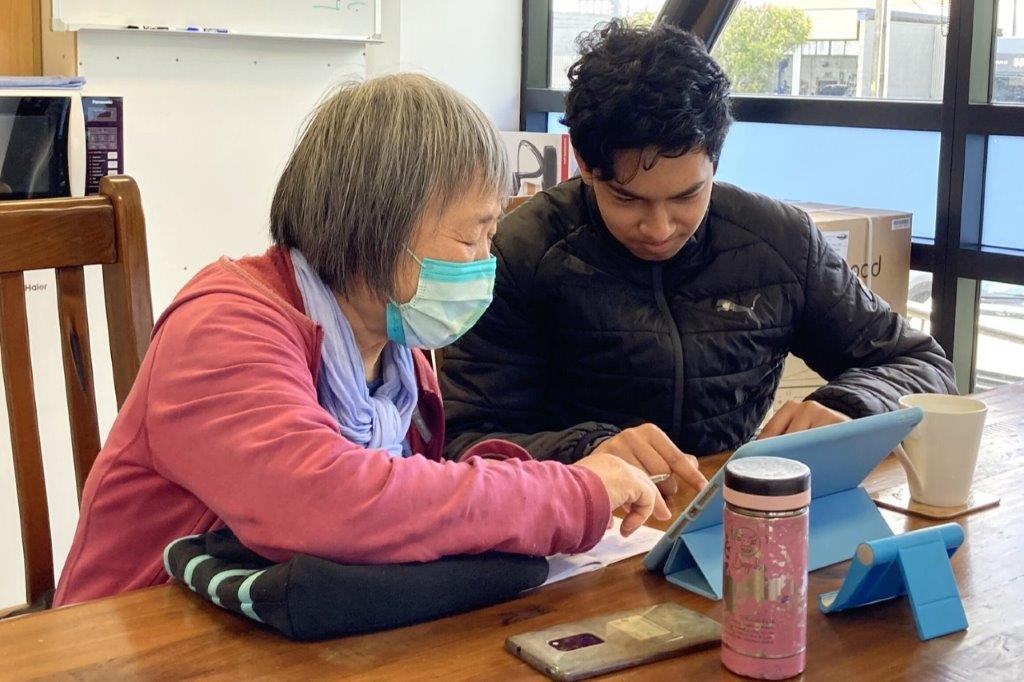Corneal patch injects drugs
Researchers working on improving delivery methods for ocular drugs have developed a tiny eye patch with dissolving microneedles, which can easily and comfortably be self-applied by gently pressing it onto the ocular surface in much the same way as a disposable contact lens would be inserted.
As the built-in micro-drug-reservoirs comprise multiple compartments, they also allow the release of the same drug with biphasic kinetics or sequential release of different drugs for synergistic therapy.
The Singaporean researchers say the patches would make it possible for patients to conveniently and effectively manage their eye disorders at home, and compare favourably to conventional topical eye drop application which requires repeated high-dose instillation and is often associated with systemic side-effects, and to painful and risky intraocular injections in clinics.
Testing the patch on mice with corneal neovascularization (NV), the scientists demonstrated intra-corneal delivery of DC101 (a monoclonal antibody that blocks VEGFR2) using micro-implants can achieve about 90% reduction of the neovascular area with a single treatment of 1 µg dosage. In comparison, eye drop application of DC101 even at a much higher dosage (10 µg) failed to show significant therapeutic effect. In a previous study, systemic intraperitoneal injection of 1 mg DC101 (every 2nd day for 1 week) only led to marginal effect (~20% reduction of neovascular area). This, they said, is expected, as the major challenge faced by ocular drug delivery is the limited ability of drug molecules to penetrate the ocular tissue efficiently, due to the presence of ocular barriers.
Based on their mouse experiments and considering that a human cornea is about 20 times larger than a mouse cornea, the researchers say a single treatment with about 20 µg should be effective for human corneal NV using their approach although a slightly larger patch with longer microneedles may be needed. By varying the technology and polymeric matrix, sustained release for up to two weeks should be achievable.
The team says their microneedle approach is also promising for treatment of other eye diseases, for example, delivery of β-adrenergic receptor blockers or prostaglandin analogues for glaucoma, corticosteroids (eg. prednisolone) for anterior uveitis and fluconazole for fungal keratitis. It may also be used for intra-corneal delivery of riboflavin to patients with keratoconus, without the need for corneal epithelial scraping and debridement, avoiding post-operative pain, infection and permanent damage usually associated with traditional surgical methods.
Clinical trials will need to be done to evaluate the safety and effectiveness of the patches in humans.


























